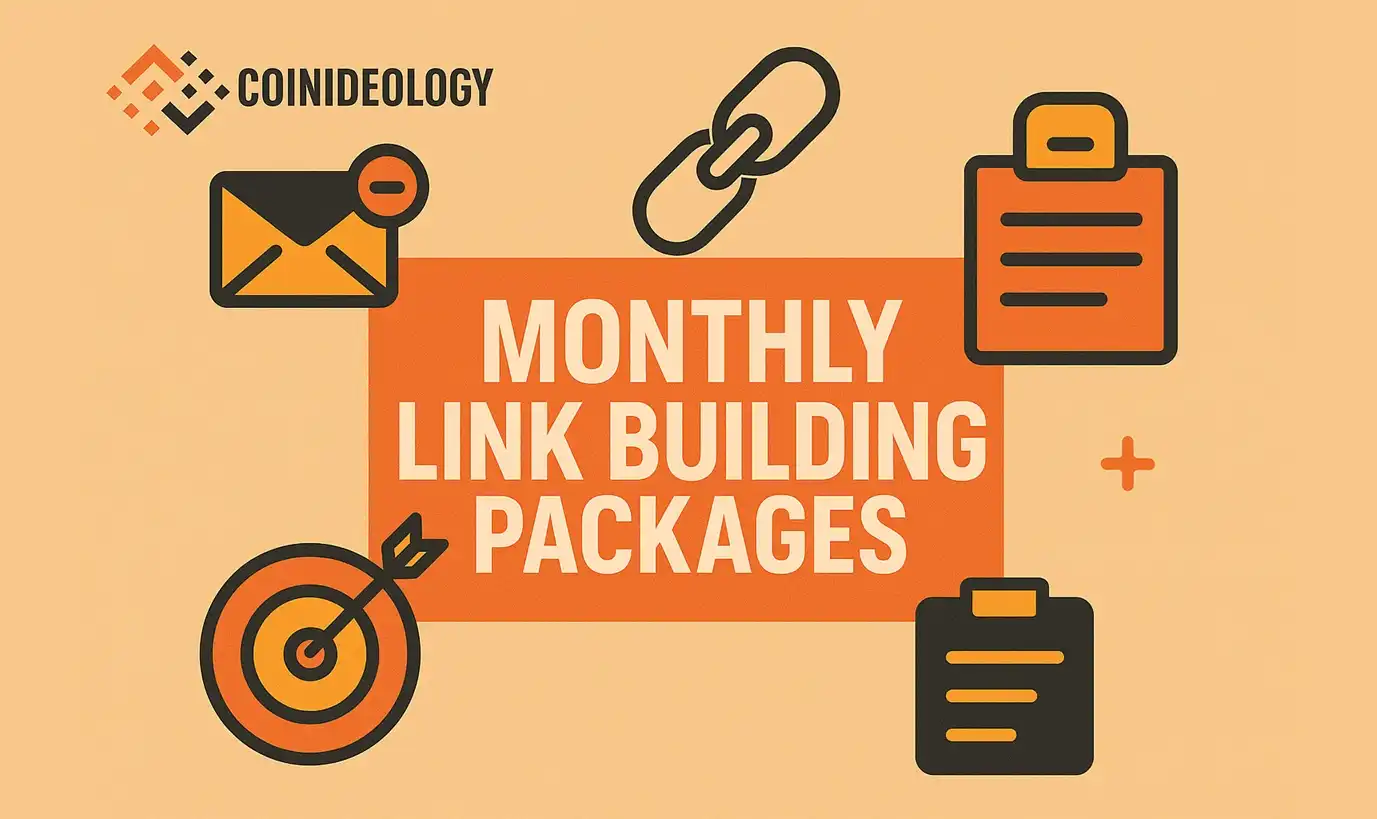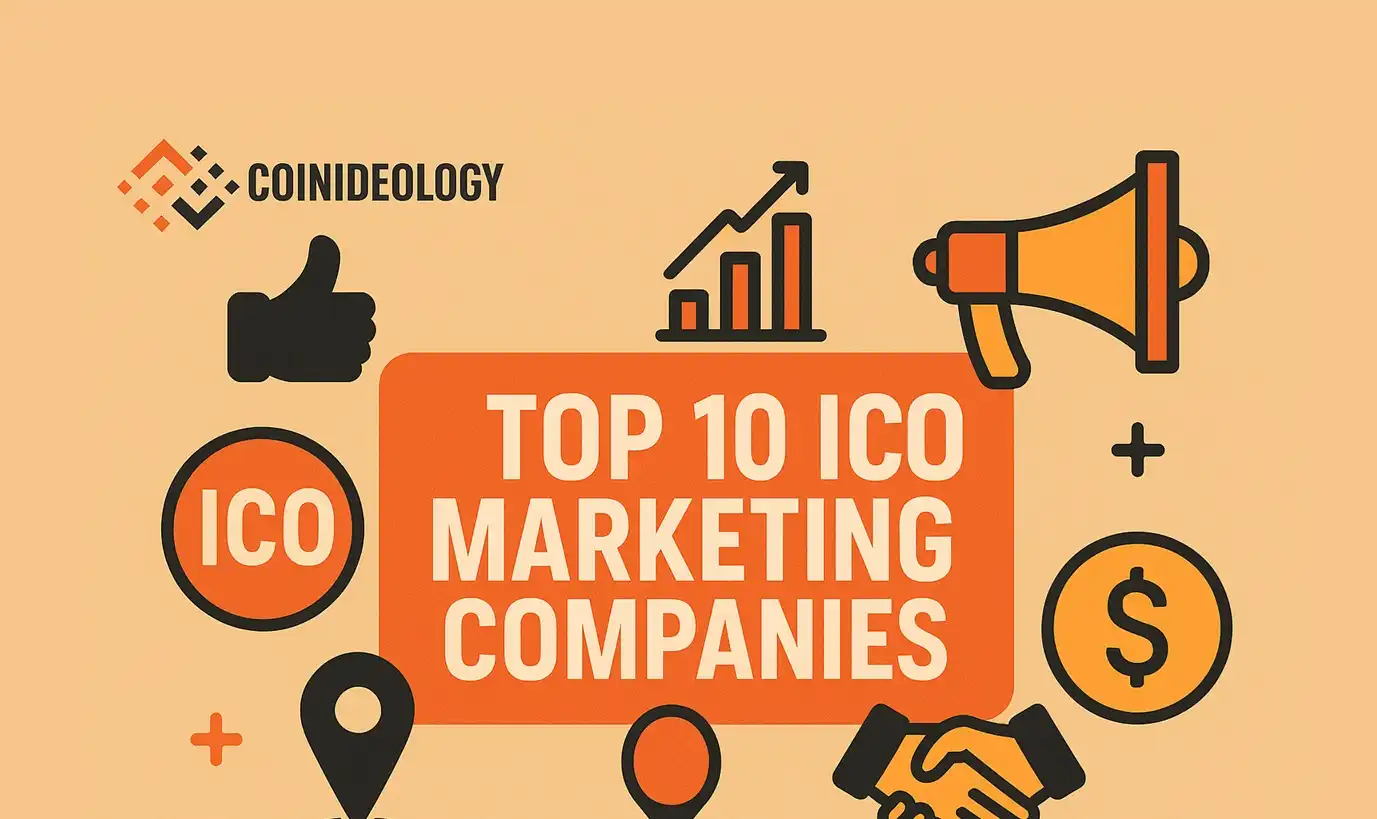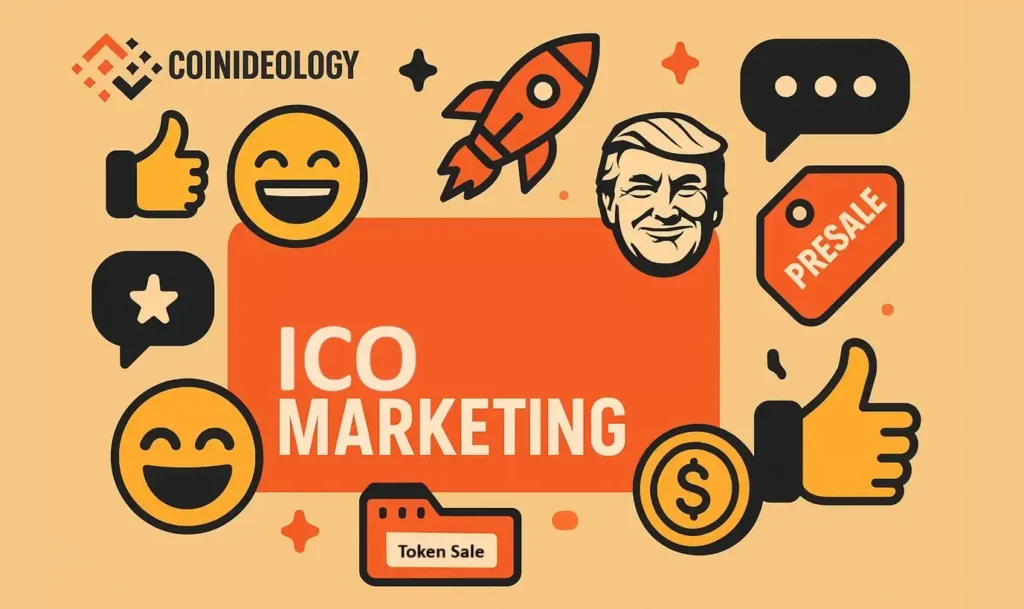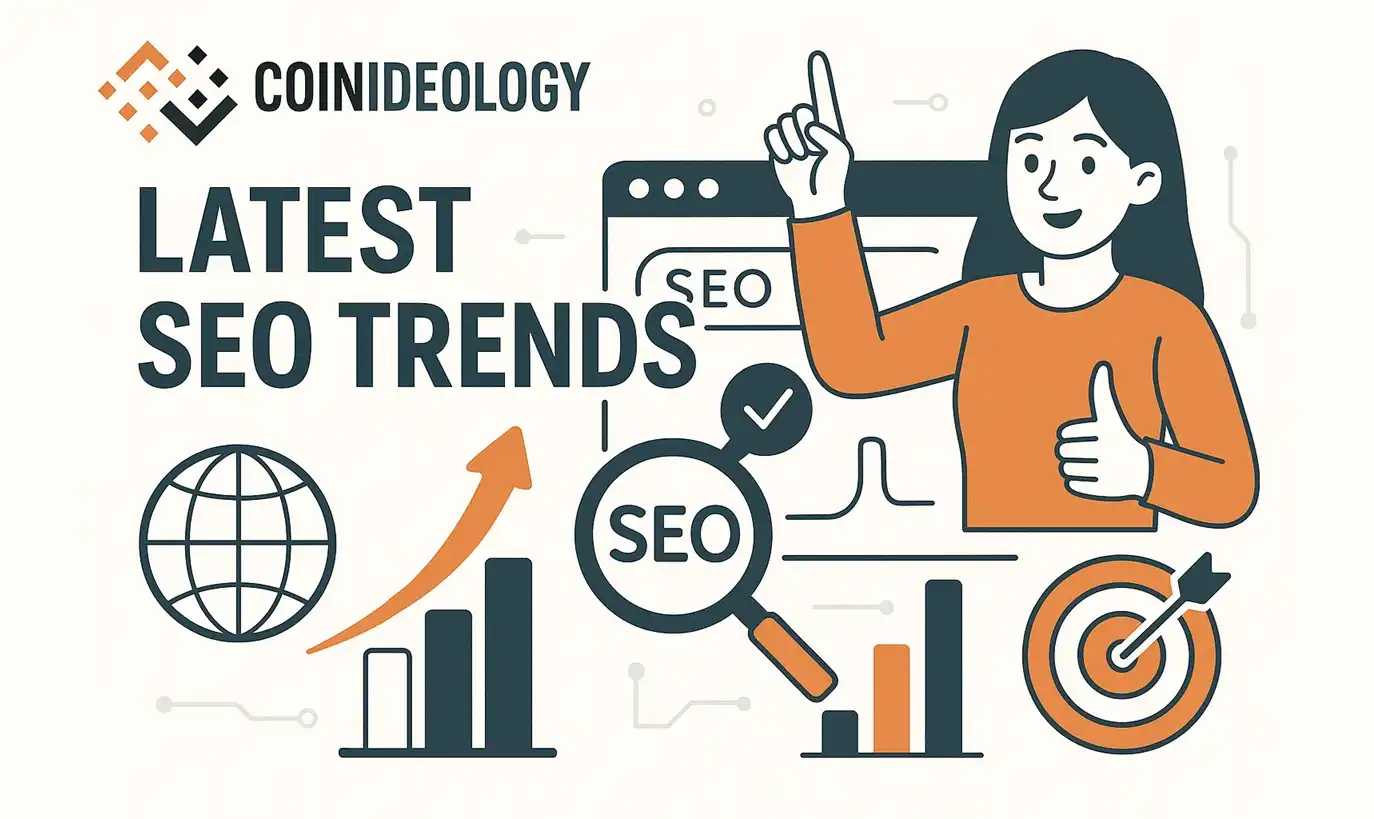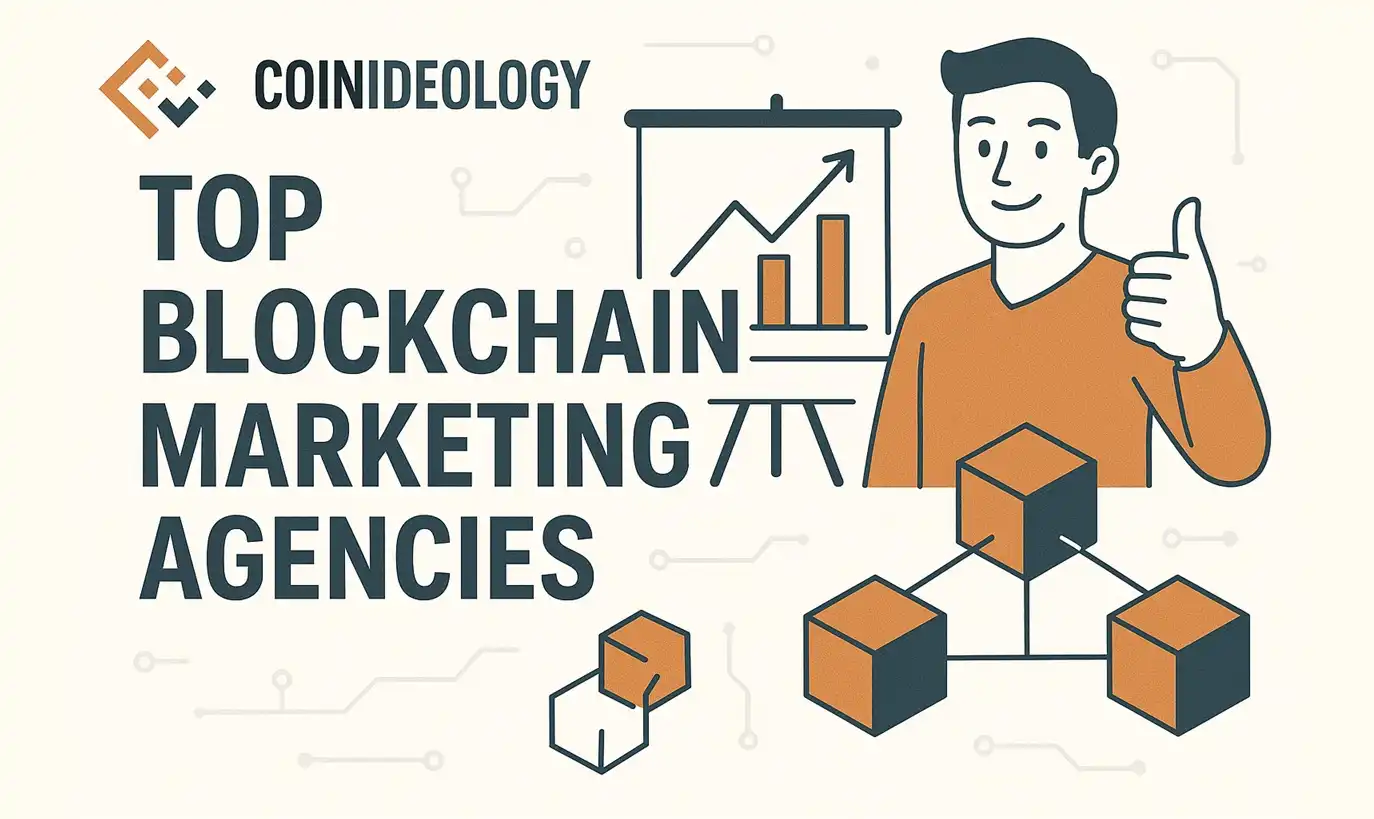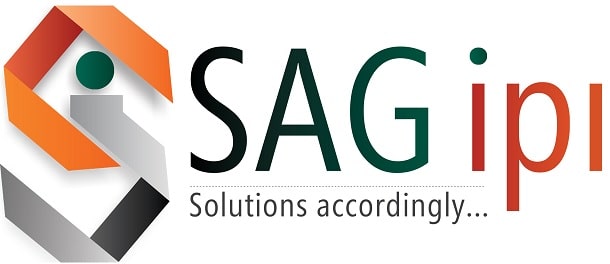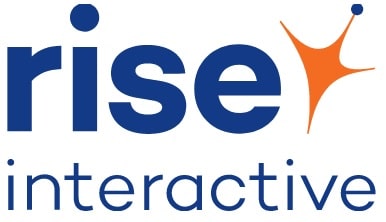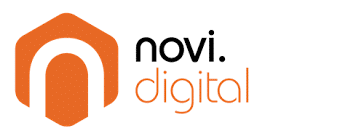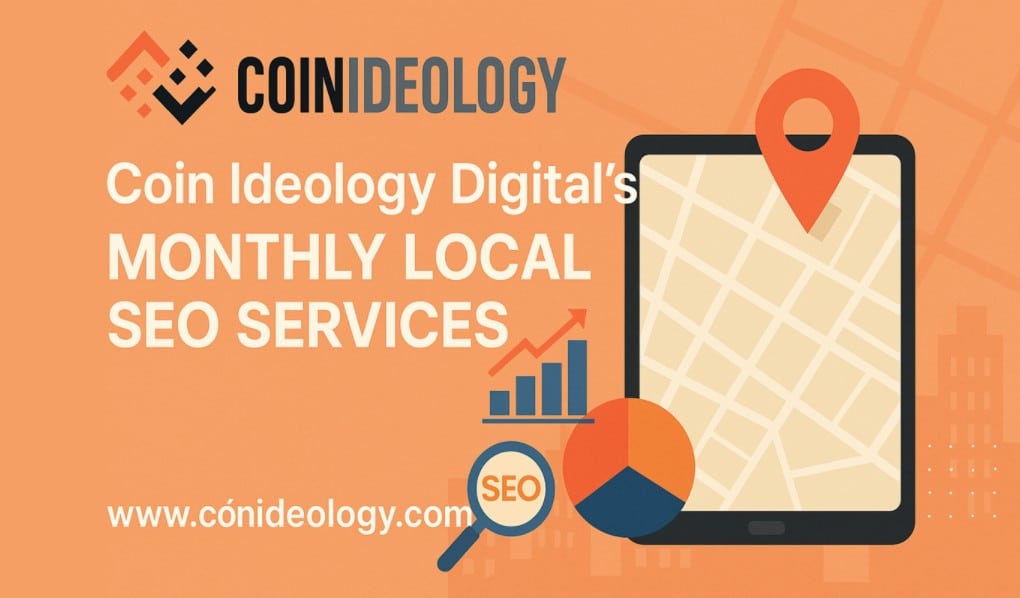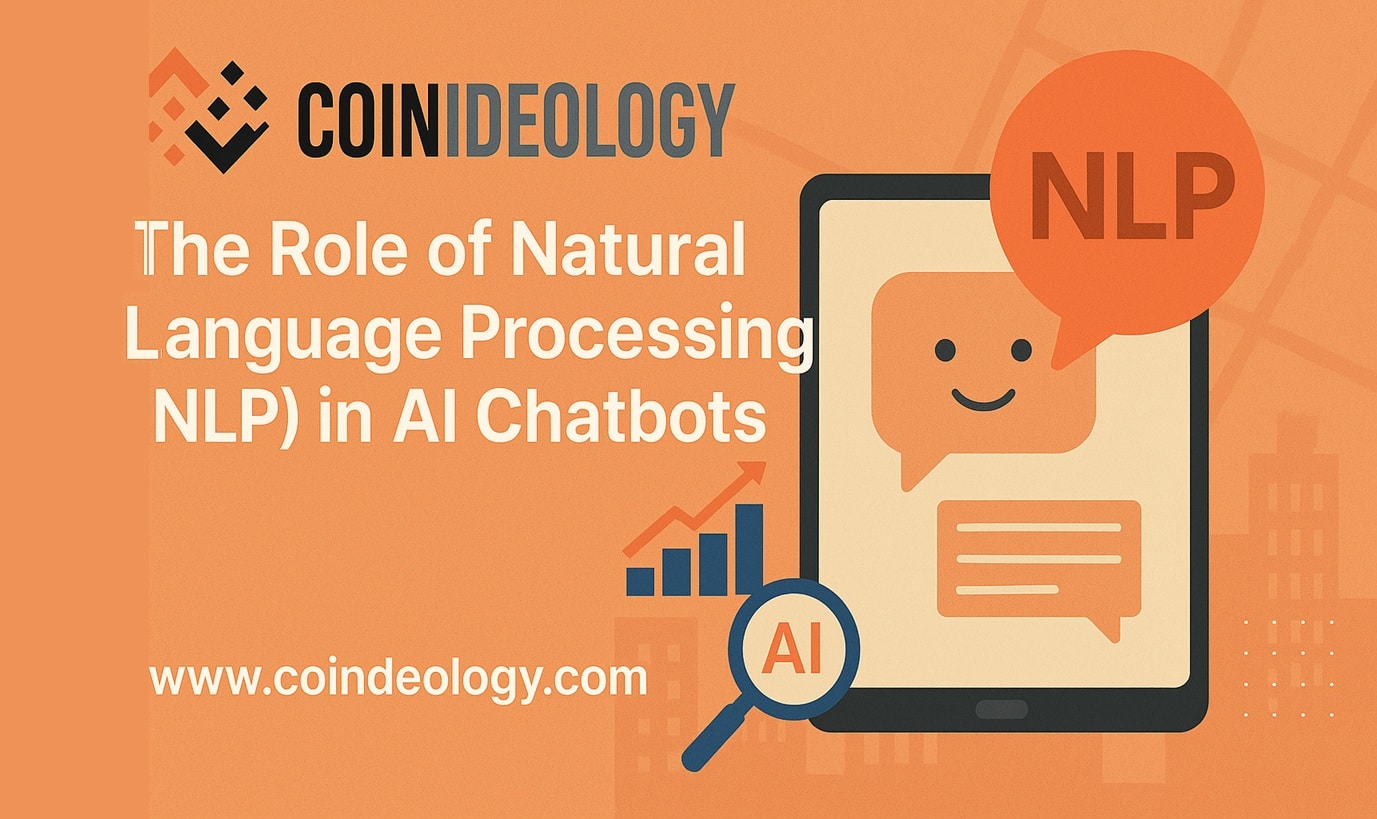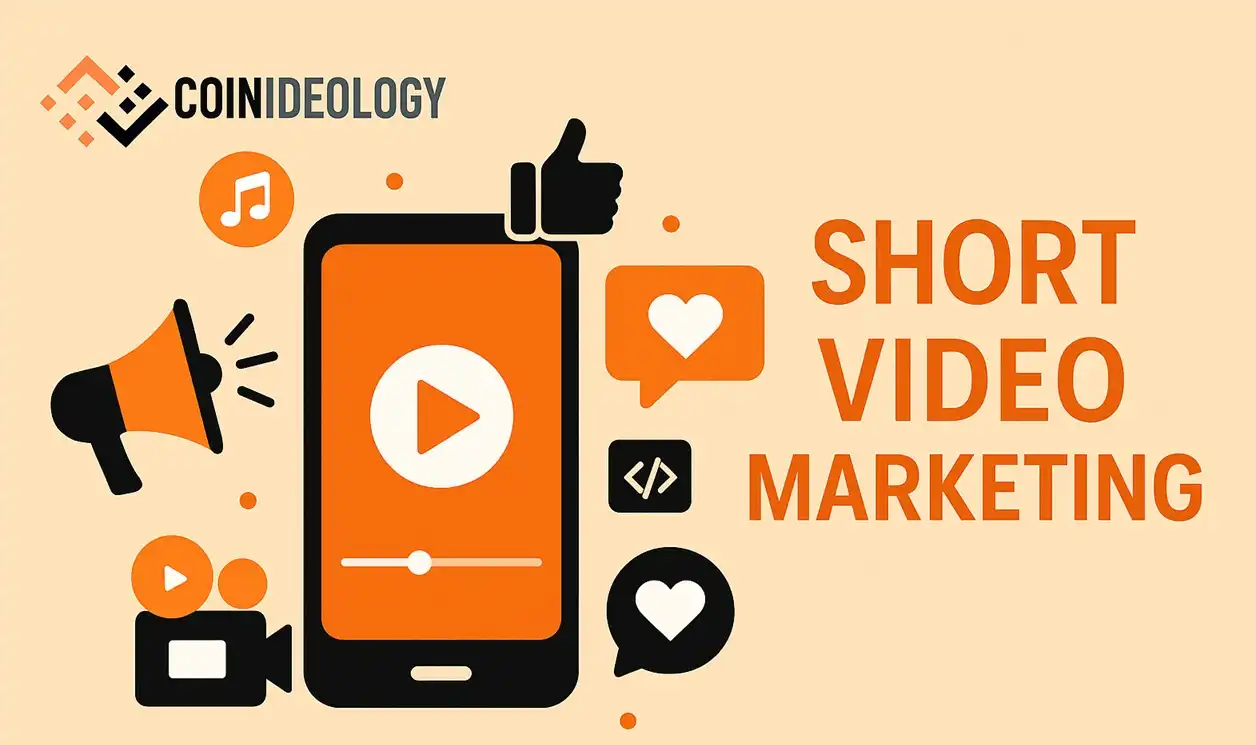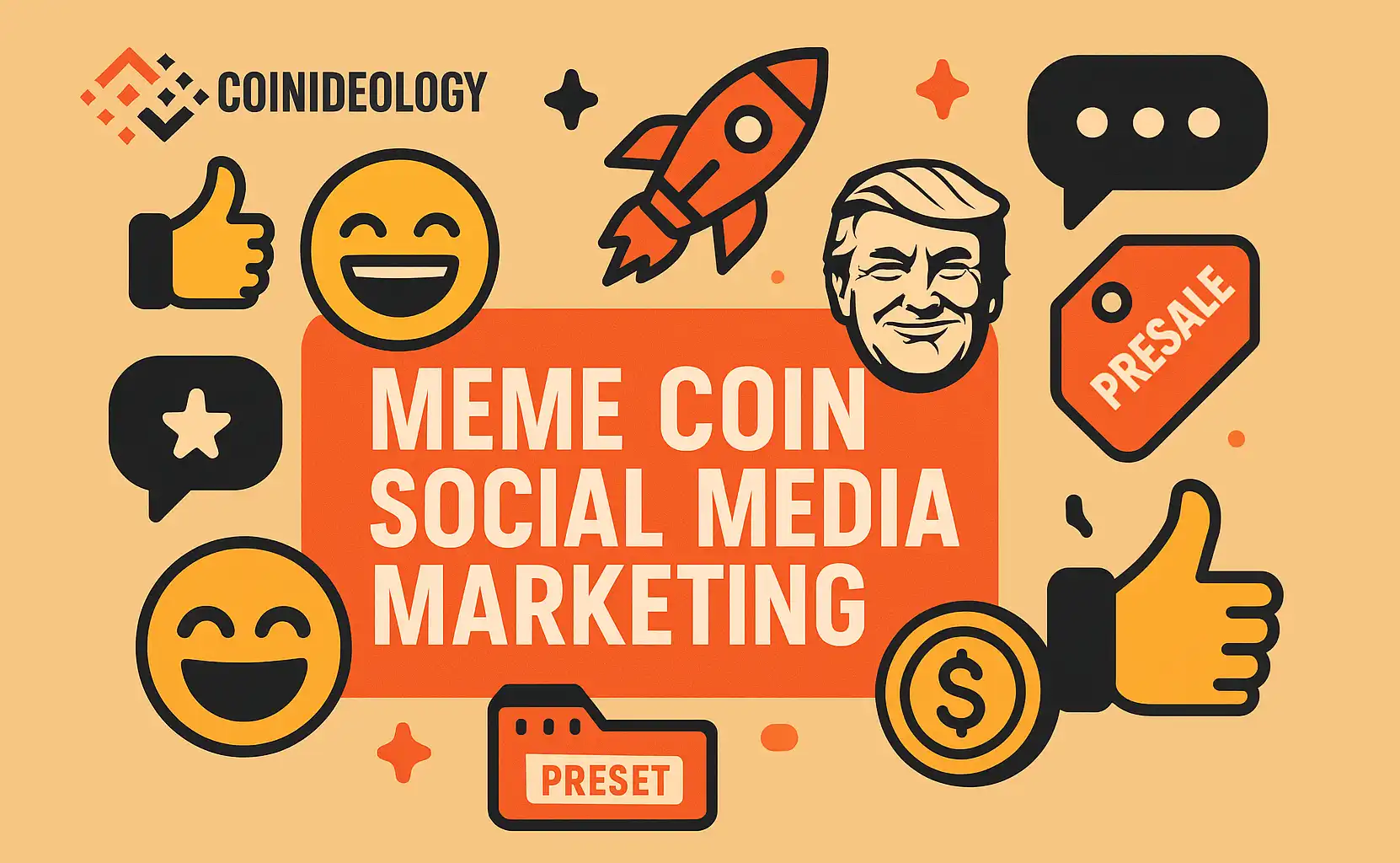If you’ve ever googled anything about digital marketing or SEO, chances are you’ve stumbled across Neil Patel’s name.
He’s the guy behind those incredibly detailed blog posts, YouTube tutorials, and free tools like Ubersuggest that make you feel like you’ve just unlocked the secrets to online success.
But beyond his expertise and content, one question often pops up: What is Neil Patel’s net worth? How much is this digital marketing guru actually worth, and how did he get there?
In this blog post, we’re going to unpack everything you need to know about Neil Patel’s net worth in 2025, his journey from a teenager with big dreams to a global influencer, and the strategies that helped him build a multi-million-dollar empire.
Whether you’re an aspiring entrepreneur or just curious about how someone turns knowledge into wealth, this is a story worth reading. Let’s dive in!
Who is Neil Patel?
Before we get to the dollars and cents, let’s talk about the man himself. Neil Patel is a British-born, California-raised entrepreneur, digital marketer, and content creator who’s become a household name in the world of online marketing.
Born on April 24, 1985, to Indian parents in London, Neil moved to Orange County, California, when he was just two years old. His family lived a modest, middle-class life—his mom was a teacher, and his dad worked in a print shop.
Nothing about his early years screamed “future millionaire,” but Neil had an entrepreneurial spark that set him apart.
At 15, he was scrubbing toilets and emptying trash cans at Knott’s Berry Farm amusement park. But even then, he was dreaming bigger.
By 16, he launched his first online venture, a job board called Advice Monkey, which, spoiler alert, flopped.
That failure didn’t stop him—it lit a fire. Neil taught himself digital marketing, learned the ins and outs of SEO, and started building businesses that would eventually make him one of the most recognized names in the industry.
Today, Neil is the co-founder of companies like Crazy Egg, KISSmetrics, Hello Bar, and NP Digital. He’s a New York Times bestselling author, a sought-after speaker, and a guy who’s worked with brands like Amazon, Google, and Facebook.
Forbes calls him one of the top 10 marketers, and former President Barack Obama named him a top 100 entrepreneur under 30. Not too shabby, right?
Neil Patel’s Net Worth in 2025: The Big Number
So, let’s get to the question you’re here for: What is Neil Patel’s net worth in 2025? Estimates vary depending on the source, but as of 2025, most reliable reports peg his net worth at $40 million.
Some sources, like Growth Hackers, have thrown out higher numbers in the past (like $120 million in 2023), but these seem inflated and less consistent with other reports. On the lower end, sources like BloggersPassion and Wealthy Persons estimate around $30 million.
The $40 million figure from Glusea and other recent analyses feels like a solid middle ground, backed by his business ventures and revenue streams.
Now, $40 million is no small feat, especially for someone who’s still in his early 40s and started with nothing. But how did he get there? Let’s break down the key pieces of Neil Patel’s wealth puzzle.
Table: Neil Patel’s Net Worth and Income Sources
| Income Source | Estimated Annual Revenue | Contribution to Net Worth |
|---|---|---|
| NP Digital | $10M–$20M+ | ~40% |
| Crazy Egg | $5M–$10M | ~15% |
| KISSmetrics | $3M–$5M | ~10% |
| Hello Bar | $1M–$2M | ~5% |
| Ubersuggest | $500K–$1M | ~3% |
| Blogging & Affiliate Marketing | $1M–$2M | ~10% |
| YouTube & Podcasting | $100K–$500K | ~2% |
| Speaking Engagements | $500K–$1M | ~5% |
| Book Sales | $50K–$100K | ~1% |
| Investments | Varies ($1M+) | ~5% |
Total Estimated Net Worth (2025): $40 million
Notes: Revenue Estimates: Based on industry reports and sources like Glusea and Niche Pursuits, as exact figures for private companies are not publicly available.
How Neil Patel Built His Fortune
Neil’s wealth didn’t come from one magic bullet—it’s a mix of smart business moves, relentless content creation, and a knack for spotting opportunities. Here’s a closer look at the main ways he’s made his money:
1. Digital Marketing Agency: NP Digital
One of Neil’s biggest money-makers is NP Digital, his global digital marketing agency. Founded to help businesses grow their online presence, NP Digital works with massive clients like Adobe, Mitsubishi Motors, and even Google. The agency offers services like SEO, content marketing, paid ads, and analytics, charging premium fees for its expertise.
While exact revenue figures for NP Digital aren’t public, it’s estimated to generate tens of millions annually. Neil’s role as the face of the agency, combined with its high-profile clients, makes it a cornerstone of his net worth. Consulting for big brands isn’t cheap—some reports suggest Neil’s team charges six-figure retainers for long-term projects.
2. Software Companies: Crazy Egg, KISSmetrics, and More
Neil has a knack for building tools that marketers love. His software ventures have been a huge driver of his wealth. Here are the big ones:
- Crazy Egg: Launched in 2006, Crazy Egg is a heatmap analytics tool that shows businesses how users interact with their websites. It’s used by over 300,000 websites and generates millions in subscription revenue. Neil once turned down a $5 million offer to sell it, and the company is now valued at over $10 million.
- KISSmetrics: Co-founded with Hiten Shah in 2008, KISSmetrics is an analytics platform for tracking user behavior. It’s another multi-million-dollar business that’s added to Neil’s wealth.
- Hello Bar: This lead-generation tool helps websites capture emails and drive conversions. It’s a smaller venture but still profitable.
- Ubersuggest: Neil acquired Ubersuggest, a free SEO tool, and turned it into a go-to resource for keyword research and site optimization. While it’s mostly free, it drives traffic to his paid services and affiliate offers.
These software companies operate on subscription models, bringing in steady, recurring revenue. Even if Neil sold one or two of these, the payouts would be massive.
3. Blogging and Affiliate Marketing
Neil’s blogs—NeilPatel.com and QuickSprout—are goldmines. With millions of monthly visitors, these sites are packed with affiliate links, sponsored content, and ads. Neil has said his blog revenue alone exceeds $1 million per year, with affiliate marketing being a big chunk of that.
For example, if you’ve ever used his blog to research hosting or SEO tools, you’ve probably seen links to products like Bluehost or SEMrush. Neil earns a commission every time someone signs up through those links. With his massive traffic (QuickSprout alone gets over 500,000 visitors a month), those commissions add up fast.
4. Content Creation: YouTube and Podcasts
Neil is a content machine. He produces 12 YouTube videos and 30 podcast episodes (on Marketing School) every month, spending around $17,000 monthly on production.
His YouTube channel has millions of views, earning ad revenue and driving traffic to his businesses. The podcast, co-hosted with Eric Siu, is another platform for sharing expertise and promoting his services.
While YouTube and podcasting aren’t his biggest earners, they build his brand and funnel people toward his higher-ticket offerings, like consulting or software subscriptions.
5. Speaking Engagements
Neil is a rockstar on the speaking circuit, having spoken at over 300 conferences worldwide. He commands fees of $30,000 to $100,000 per event, depending on the gig.
Whether he’s keynoting at a marketing conference or advising a Fortune 500 company, these engagements are a lucrative side hustle.
6. Book Sales and Investments
Neil’s 2016 book, Hustle: The Power to Charge Your Life with Money, Meaning, and Momentum, is a New York Times bestseller. While book sales aren’t his primary income source, they contribute to his brand and open doors to more opportunities.
He’s also an angel investor, backing tech startups and leveraging his “1,000x formula” to find companies with unicorn potential. His early investments, like a $425,000 cash-out from a startup, show he’s got a nose for profitable bets.
The Journey to Millions: Neil’s Early Struggles and Wins
Neil’s path to $40 million wasn’t all smooth sailing. His first venture, Advice Monkey, tanked because he didn’t know how to drive traffic. But instead of giving up, he doubled down on learning.
At 16, he landed a $3,500-a-month marketing gig at Elpac Electronics, then started his own agency, Advantage Consulting Services, making $20,000 a month by leveraging those connections.
His big break came with Crazy Egg, which he launched at 21. The tool filled a gap in the market for user behavior analytics, and it took off. From there, he built a portfolio of businesses, each one capitalizing on his growing expertise in SEO and digital marketing.
What’s inspiring about Neil’s story is his hustle. He didn’t come from wealth or have fancy degrees (he dropped out of college). He learned by doing, failed fast, and kept iterating. That’s a lesson for anyone chasing their own dreams.
Why Neil Patel’s Net Worth Matters
You might be wondering, “Why should I care about some guy’s net worth?” Fair question. Neil’s wealth isn’t just about the number—it’s a case study in what’s possible when you combine skill, persistence, and strategy. Here are a few takeaways from his journey:
- Master a Skill: Neil became the guy for SEO. By going deep in one area, he positioned himself as an authority, which opened doors to consulting, speaking, and more.
- Diversify Income Streams: From blogs to software to speaking, Neil doesn’t rely on one source of income. This makes his wealth more resilient.
- Give Value First: Tools like Ubersuggest and his free blog content build trust and attract millions of users, who then convert to paid customers.
- Stay Consistent: Neil’s been publishing content for nearly two decades. His 5,000+ blog posts and regular videos show the power of showing up every day.
Controversies and Criticisms
No success story is without a few bumps. Neil has faced criticism over the years, mostly from skeptics who question the scalability of his strategies.
Some argue his free tools like Ubersuggest oversimplify SEO or that his content is too promotional. Others point out that his high consulting fees are out of reach for small businesses.
Neil’s response? He owns it. He’s upfront about his affiliate links and emphasizes that his free content is meant to help beginners. His track record with big brands like Amazon and Google also speaks for itself.
Like any public figure, he’s not everyone’s cup of tea, but his results are hard to argue with.
What’s Next for Neil Patel?
At 40, Neil shows no signs of slowing down. He’s doubling down on NP Digital, expanding Ubersuggest’s features, and continuing to churn out content.
With the digital marketing industry growing, his net worth is likely to keep climbing. Some speculate he could hit $50 million or more in the next few years if he sells one of his companies or lands bigger clients.
Neil’s also passionate about giving back. His free tools and educational content have helped millions of entrepreneurs, especially in developing countries, level up their businesses. That legacy might just outshine his bank account.
Final Thoughts: Lessons from Neil Patel’s Success
Neil Patel’s net worth of $40 million in 2025 is a testament to what’s possible when you combine hustle, smarts, and a willingness to fail. He’s not just a digital marketer—he’s a brand, a teacher, and an inspiration for anyone trying to make it in the online world.
Whether you’re starting a blog, launching a business, or just trying to figure out SEO, Neil’s story reminds us that success doesn’t come overnight. It’s built one blog post, one tool, one client at a time.
So, what’s the biggest lesson from Neil’s journey? Start where you are, learn as you go, and never stop creating value. If a kid from a middle-class family can go from cleaning restrooms to advising Google, what’s stopping you?

